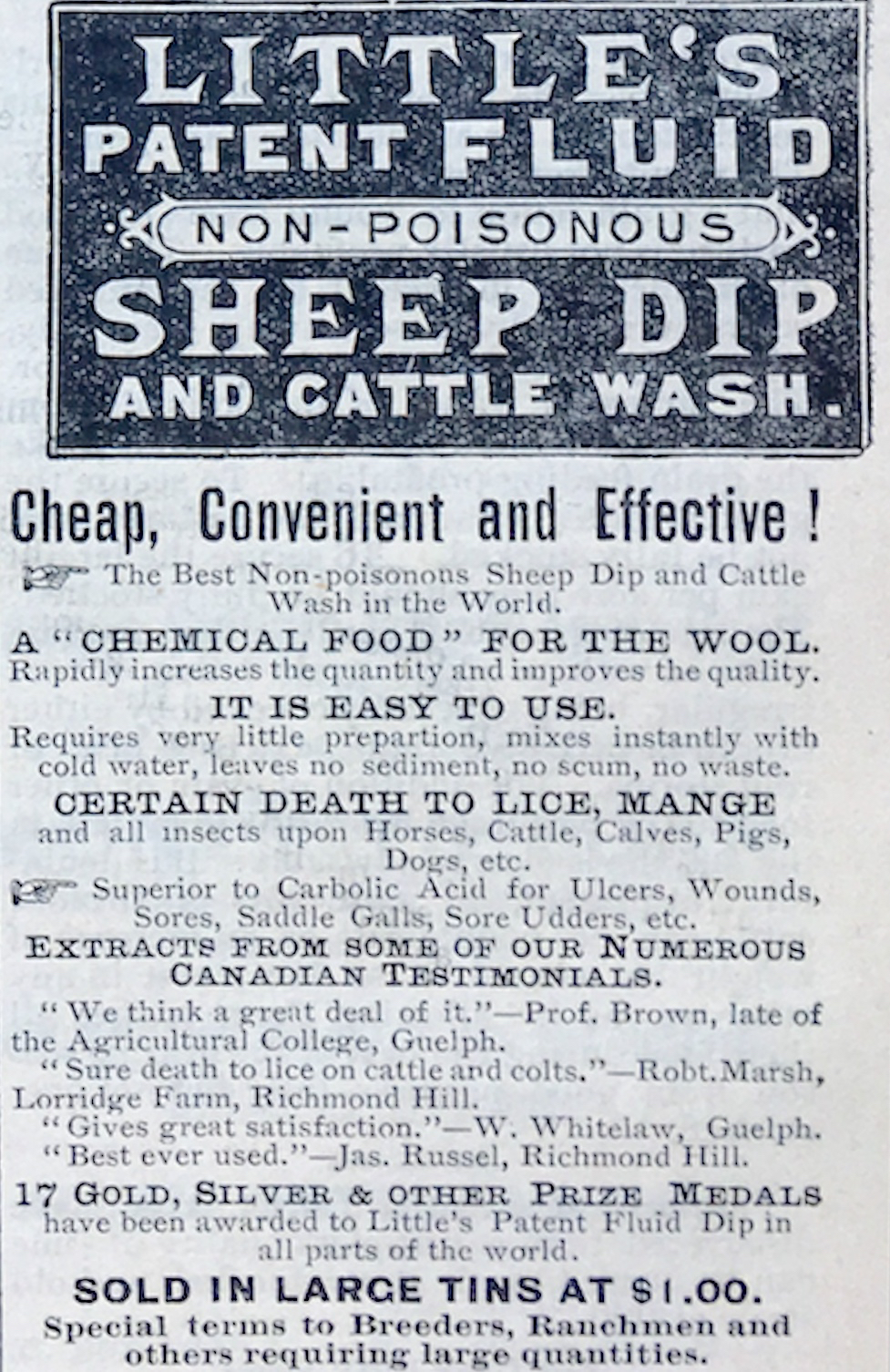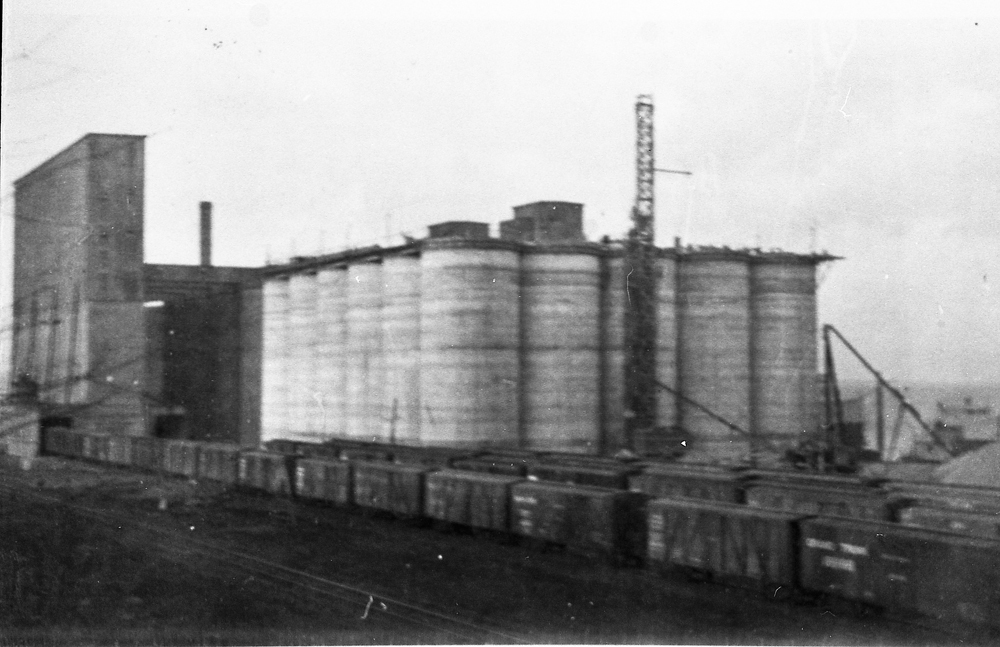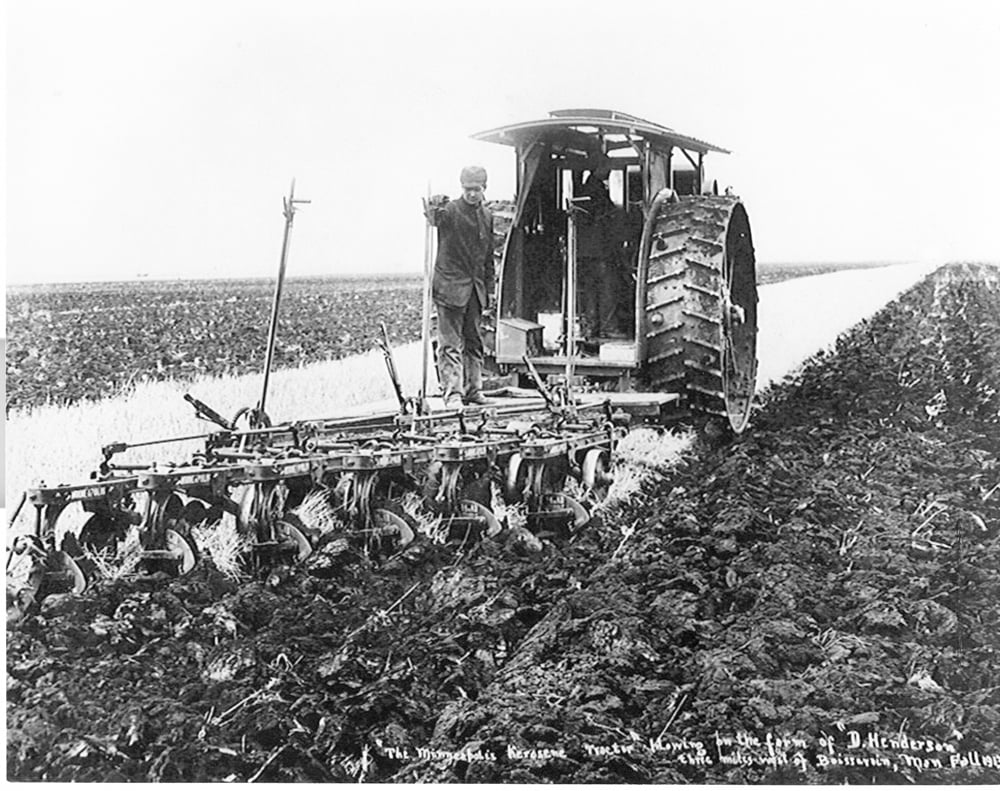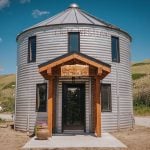Looking through photographs recently donated to the Manitoba Agricultural Museum, the interpretation committee became interested in a photograph of a straw stack.
This photo appears to be fairly old, probably pre-First World War so it was taken at a time when photos were expensive which led to the question, why would the photographer have taken a photo of a straw stack?
There are a number of piglets and chickens visible in front of the stack so perhaps the photographer was photographing the animals. The committee then realized there appears to be a hole in the stack which led to thinking that what appears to be a straw stack may actually be a photo of a straw pigsty. Some accounts of pioneer Prairie agriculture mention pigs being kept for the winter in a straw stack.
Read Also
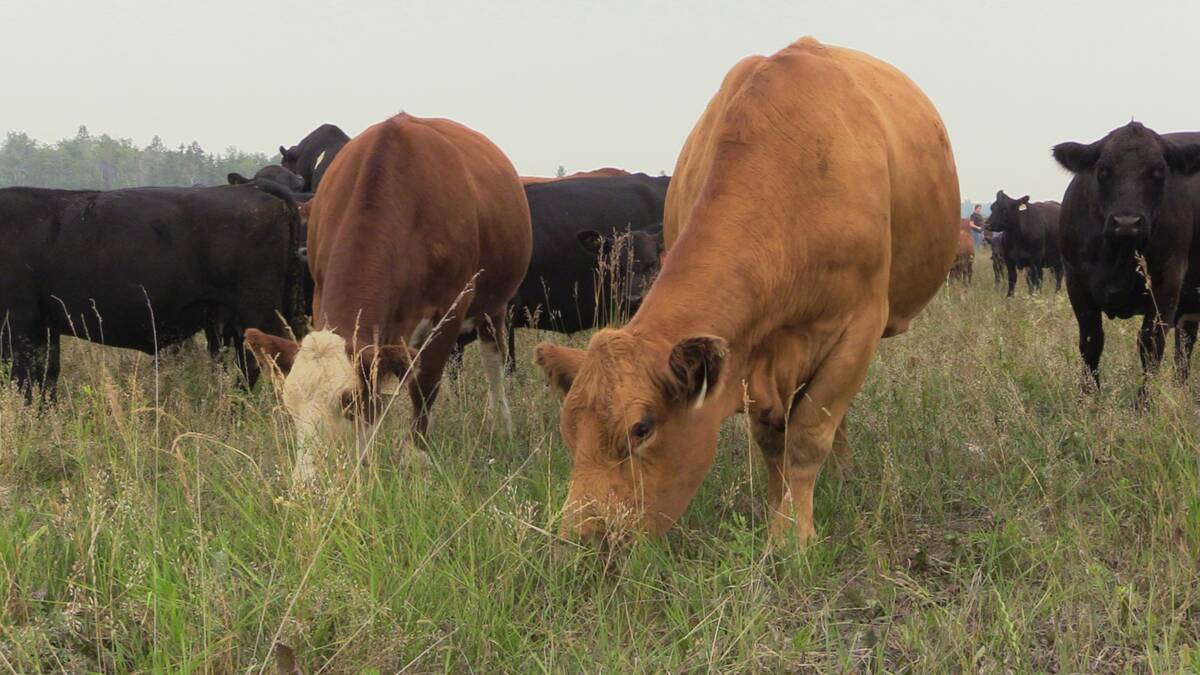
Feds drill for foot-and-mouth outbreak
Foot-and-mouth drill mocks up Canadian disease defence, looks for gaps, should an infection be found in the U.S.
Some pioneers allowed their hogs to simply burrow into a straw stack for the winter. The straw would give the hogs protection from the cold and the hogs could forage through the pile for chaff, grain and weed seeds thrown over by the threshing machine. Farmers would also turn out their beef cattle and oxen into straw stacks allowing the animals to forage through the stack.
However, they had to watch that the animals did not undermine the stack to the point where it would collapse on the animals as this could kill them. There is one account of a farmer losing six oxen as the straw stack collapsed on them. The account unfortunately does not mention how big the stack was and how much straw came down on the animals.
Other farmers in the pioneer era went to somewhat more work to build a straw pigsty. Apparently, they would construct a framework of poles cut from a handy patch of scrub and then blow straw over the framework when threshing. The framework served to create a hollow in the stack for the hogs to live in and the straw insulated the hogs from the cold. A small hole was cut into the hollow area to allow the hogs to enter and exit. Probably it also allowed a better flow of air into the hollow area. The farmer may have had to plug the hole up somewhat in colder weather to allow the hogs to keep warm.
In general, the straw pile would have allowed air to flow through the pile particularly in windy weather. But as snow piled on the stack, airflow may have been cut down particularly as heat from the hogs escaping through the straw crusted the snow. This would have made the entrance hole important for ventilation.
Hogs being clean animals are known to use one section of their pen in a modern barn to evacuate their bowels in. Probably the hogs were doing the same in a straw stack they were living in for the winter. If so, the hogs would have then kept clean in a straw stack.
With this type of sty the hogs would have been able to forage around in the stack. But even with allowing the hogs to forage, the farmer would have to water the animals and put out some feed for them. With careful setting of the threshing machine, generally there should not have been enough thrown-over grain to meet the daily feed requirements of the hogs or any other animals foraging in the stack.
There are accounts of a farmer feeding and watering hogs at his barn which was located some 100 feet or more from their straw stack sty. After a big winter “blow” he put out feed and water for the hogs and then watched the sows, weaners and piglets coming up to the barn through snow deeper than the hogs were high. He could watch the hogs progress to the barn by the snow as it was lifted up over the hogs and then falling down as the hogs passed.
When the sty was no longer used, the farmer more than likely burnt the straw pile in the pioneer era. Lacking power machinery, forking the straw stack and manure onto a manure spreader, assuming the farmer even had a spreader, would have been a laborious task. And the farmer had all sorts of other tasks that were more pressing in the spring such as field preparation and seeding.
Where the hogs then went for the summer is a question, however, in the pioneer period, the farmer may have simply let the hogs wander while putting out some feed and water on a daily basis to keep the hogs close to home.
It well could have been that the straw sty continued to be used by the hogs at night and so the farmer continued to let it stand. We tend to forget that up to the mid-1800s, hogs were a range animal. Indeed in the Dark Ages in Europe the swineherd was the equivalent of the North American cowboy. So the pioneers would have had little concern about letting the hogs wander.
As pioneer farms progressed, farmers with hogs constructed fenced-off areas to keep the hogs in, along with a permanent hog barn for the winter. However, there are also accounts of farmers with small numbers of hogs constructing winter hog sties out of straw bales in the 1940s and 1950s.
The Manitoba Agricultural Museum is open year round and operates a website which can provide visitors with information on the museum and the reunion including location and hours of operation.



